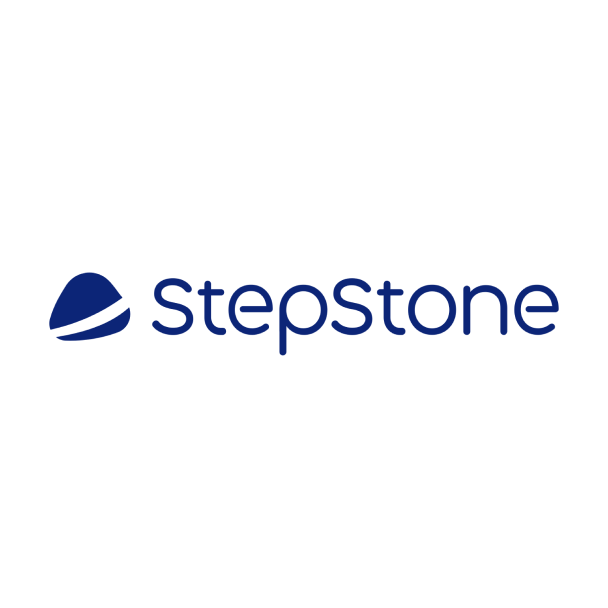
Product Creation
Stepstone is an industry-leading recruitment platform. The organisation needed to create a system for the Customer Service teams to manage application tracking system integrations (ATSI) without requiring technical teams to support them.


Approach
I needed to understand the current process and how application forms were being integrated. I started by interviewing the customer service and development teams, which enabled me to create an initial flow of the current process.
Using the mapped user flow, I ran a task analysis workshop with key stakeholders and the aid of the UX Research team to redefine and simplify the process for a non-technical audience.

With the new proposed flow, I participated in various workshops with product leads and development teams to better understand the technical limitations and ensure a lean approach to the work.
Using the new flow, I created a low-fidelity wired prototype. This provided a clear indication to stakeholders of the proposed functionality and allowed me to start engaging end users with the propsal.

The next step was to make a high-fidelity prototype, which we could test. I created more refined designs using the wireframes as a starting point. This was then tested with two different user types we had initially identified. A customer service team that had no experience with ATSI and one that already had a good understanding of the product.

Challenge
I needed to break down a technical process across three apps, two development teams and a customer services team based in Warsaw and London into a single system for non-technical users. This involved extensive and continuous communication with all parties involved.
The language used also proved to be an issue; not only would we have to remove any technical jargon, but we would also need to ensure the copy being used was familiar but didn’t give any affordances to that of current customer service terms.
The platform would also need to be multilingual due to the potential international reach of the product. This meant designs must also be drawn up in Polish and German.
Outcome
A simple three-step process that automated the technical aspects. The language used on the platform was simplified and phrased so a user without technical knowledge would understand.

Customer service adopted the new tool with a 10% increase in ATSI integrations. Due to the initial success of the rollout, trials soon began in the Berlin and Dublin offices.
Reference


